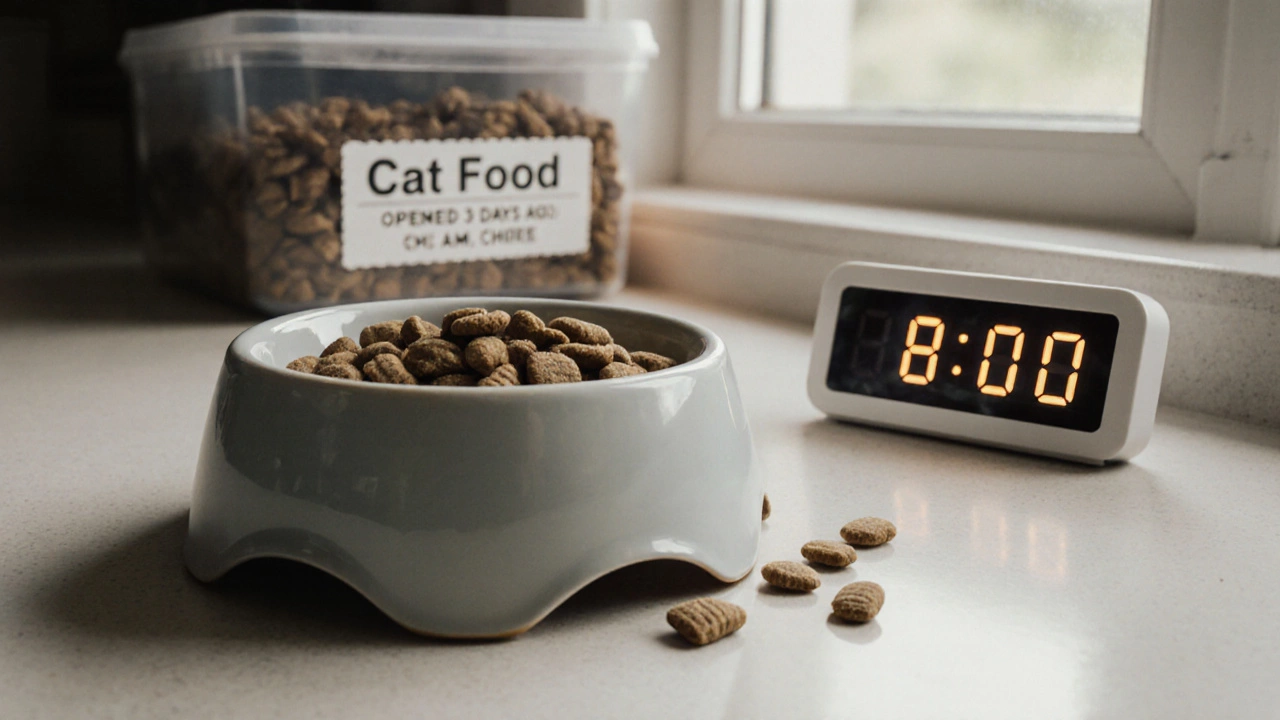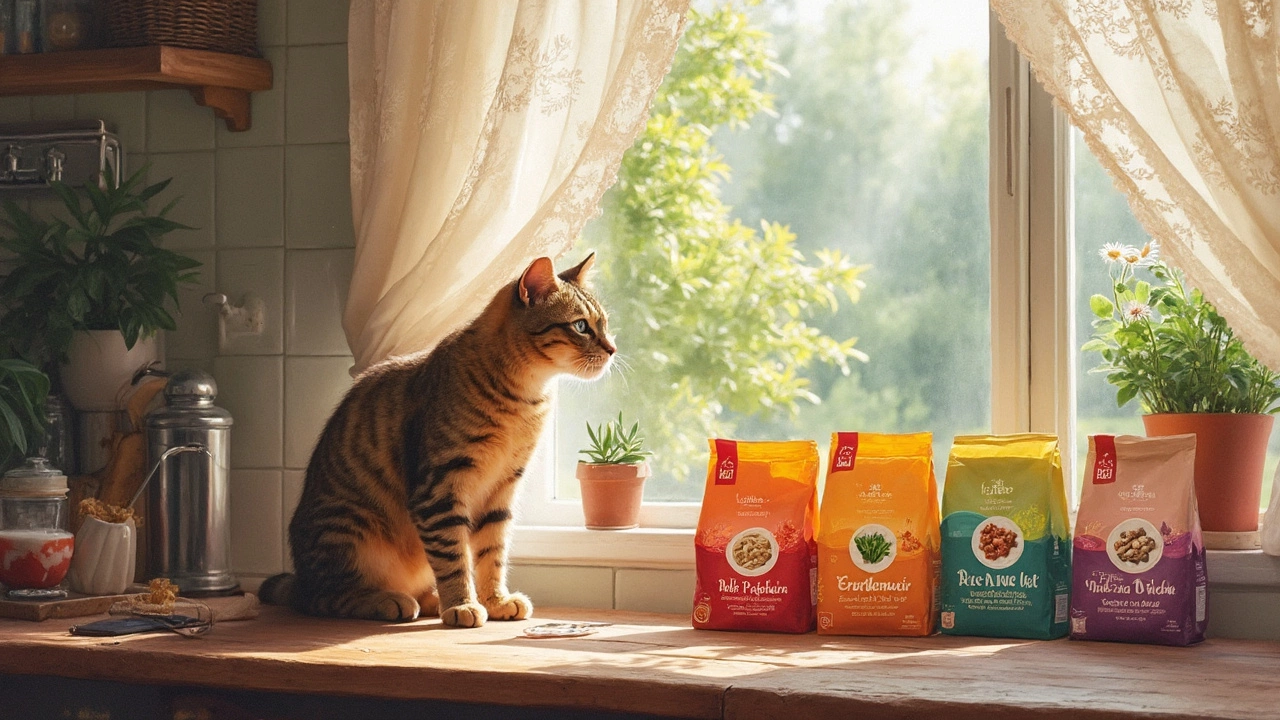Feline Nutrition Guide: Simple Tips for Healthy Cat Food
Feeding a cat can feel like a guessing game, but it doesn’t have to be. Cats are obligate carnivores, which means they thrive on meat‑based meals. Understanding what a good cat diet looks like helps you keep your feline friend happy, active, and free from common health issues.
What Makes a Balanced Cat Meal?
First, focus on protein. Look for real meat—chicken, turkey, beef, or fish—listed as the first ingredient. Cats need lots of animal protein to support muscle, heart, and skin health. Next, consider moisture. Wild cats get most of their water from prey, so wet food or a mix of wet and dry keeps them hydrated and supports kidney function.
Fats are the energy source cats love. Good sources like fish oil or chicken fat add flavor and provide essential fatty acids that keep the coat shiny. Carbohydrates aren’t a big deal for cats, but a small amount from sources like rice or sweet potato can be fine. Avoid foods that rely heavily on corn, wheat, or soy—these aren’t natural for a cat’s digestive system.
Reading Labels Made Easy
When you pick a bag or can, scan the label for a few key points. The statement “complete and balanced” means the food meets AAFCO standards for all nutrients. Check the guaranteed analysis for protein (at least 30% for adults) and fat (around 15%). If you see “by‑product” or “meal,” it’s usually a lower‑quality protein source.
Watch out for added sugars and artificial preservatives. Cats don’t need sweet flavors, and too many chemicals can irritate the gut. If the ingredient list is short and the first few items are named meats, you’re on the right track.
For homemade meals, use a reliable recipe that includes a veterinary‑approved supplement. Plain boiled chicken isn’t enough; cats need taurine, vitamin A, and other nutrients that only a balanced formula can provide.
Common Mistakes and Quick Fixes
One big mistake is feeding too much dry food. Dry kibble is convenient, but it’s low in moisture. Pair a small portion of dry kibble with a wet meal to boost water intake. Another error is over‑treating. Treats should be less than 10% of daily calories—otherwise you risk weight gain.
If your cat is a picky eater, try warming wet food for 10 seconds. The aroma becomes stronger, and many cats find it more appealing. Rotate protein sources every few weeks to keep things interesting and prevent food allergies.Finally, keep fresh water always available. Some cats prefer moving water, so a pet fountain can encourage them to drink more.
By focusing on high‑quality protein, proper moisture, and reading labels with a critical eye, you can build a diet that meets your cat’s natural needs. Remember, every cat is unique, so watch how your pet responds and adjust portions or ingredients as needed. A balanced diet isn’t just about longevity—it’s about giving your cat the energy to chase, purr, and enjoy every day.

Should You Leave Dry Cat Food Out All Day? Here's What Vet Experts Say
Leaving dry cat food out all day may seem convenient, but it can spoil quickly, attract pests, and lead to weight gain. Vet experts recommend scheduled meals for better health and freshness.
View more
Can My Cat Thrive on Dry Food Alone?
Many cat owners wonder whether their feline companions can live healthily on dry food alone. While dry food is popular for its convenience and cost-effectiveness, it's important to consider how it impacts a cat's overall health. This article explores the nutritional needs of cats, the benefits and drawbacks of dry food, and how to make sure your cat's diet is balanced. Learn practical tips to ensure your furry friend stays happy and healthy.
View more